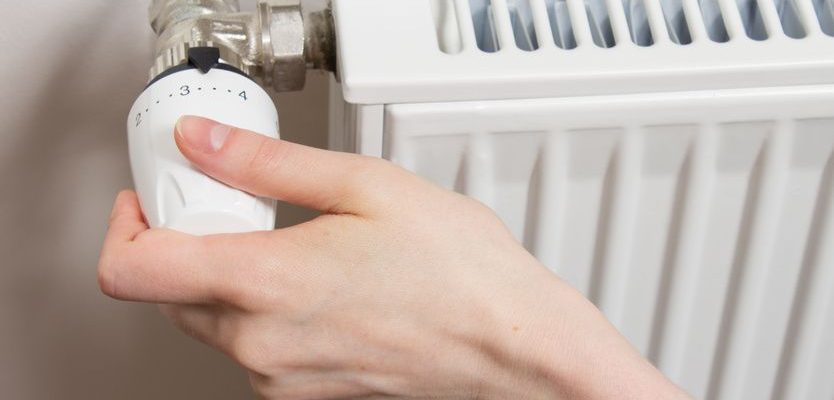The objective is ambitious. It demonstrates the executive’s desire to create a French sector for the production of heat pumps. France will have to produce “one million heat pumps” per year by the end of the five-year term, or triple the current level, Emmanuel Macron announced Monday September 25 as part of ecological planning to reduce the country’s CO2 emissions. .
“We have decided […] to develop an industrial heat pump sector which is a formidable lever of substitution, much less consuming and emitting, to triple the production of heat pumps by 2027, and therefore to be able to produce a million heat pumps in our territory, while at the same time training 30,000 installers”, declared the President of the Republic.
The heat pump (PAC) is an air heating or cooling process consisting of taking calories from the air or the ground in order to heat buildings in addition to electricity. The system emits no or very little greenhouse gas, such as CO2, unlike oil or gas heating. There are two types of heat pumps. If air-air heat pumps produce hot air as well as pulsed cold air and serve as air conditioners using refrigerants, air-water heat pumps mainly do heating and can also cool, but do not work. with harmful gases from air conditioning.
More than 2.6 million air-water heat pumps installed
The Ministry of Ecological Transition lists “more than 2.6 million air-water heat pumps” installed in France – including nearly 350,000 during the year 2022 – in 30 million homes. Furthermore, some 700,000 air-air heat pumps were sold in France in 2022, especially in the south of the country for air conditioning.
France is industrially ahead of most of its neighbors: the market is still almost non-existent in England and weak in Germany. As reported International Mailwho cites the Financial Times, in Germany, heat pumps represent just under 6% of the 21 million heating installations. The vast majority of German homes are equipped with oil or gas boilers.
The ranking of heat pump sales in Europe in 2022, established by the European Heat Pump Association (EHPA) out of 21 European countries, is dominated by Finland, with 69 equipment sold per 1000 households, followed by Norway, Sweden, Estonia, Denmark and France, with 20 per 1000 households, a figure similar to that of Italy.
In Italy, tax credits worth up to 110% of spending to improve energy efficiency boosted sales to seventh place in Europe last year, notes the Financial Times. At the bottom are Germany, with less than 7 per 1000 households, Hungary, with less than 4 per 1000 households and the United Kingdom, with less than 2 per 1000 households.
Around ten manufacturers in France
Paris’ objective is also to export. Because the heat pump is considered a “strategic industrial sector” by the European Union, where the market is estimated at 5 million units per year by 2030. The American Carrier Global spent 12 billion euros to acquire the heat pump branch of the German industrialist Viessmann, indicates the Financial Times. According to its managing director, David Gitlin, Europe is the “most attractive market in the world”. He expects to see sales of heat pumps triple within the European Union and reach, according to him, 15 billion dollars by 2027.
In France, there are around ten manufacturers, mainly family businesses that do assembly. Some, like Intuis, have the Origine France Garantie label, because more than 50% of their components are made in France. List prices range from 1,500 euros per unit for a 3 to 4 kW model intended for a small, well-insulated home, and can rise to 30,000 euros per unit in collective housing. For an average house, it costs 15 to 20,000 euros, including installation, according to Philippe Dénecé, CEO of Intuis, a French heat pump manufacturer, interviewed by AFP.
Furthermore, the State will add 1.6 billion euros to aid for energy renovation, bringing the budget for energy renovation of housing (‘MaPrimeRenov’) to 5 billion euros. It targets at least “200,000 large-scale renovations next year”, that is to say with insulation and heating, the Ministry of Energy Transition tells AFP. The idea is therefore to ensure that renovation subsidies benefit French manufacturers and jobs.
The government aims in particular to “relocalize several of the technological bricks that make up the heat pump by bringing components back to France”. In particular compressors, none of which are manufactured there, not even in Europe. A tripling of PAC production capacity in France means producing 1 million per year by the end of the five-year term, and this represents 2 billion euros in savings in the trade balance every year, says a government source.
